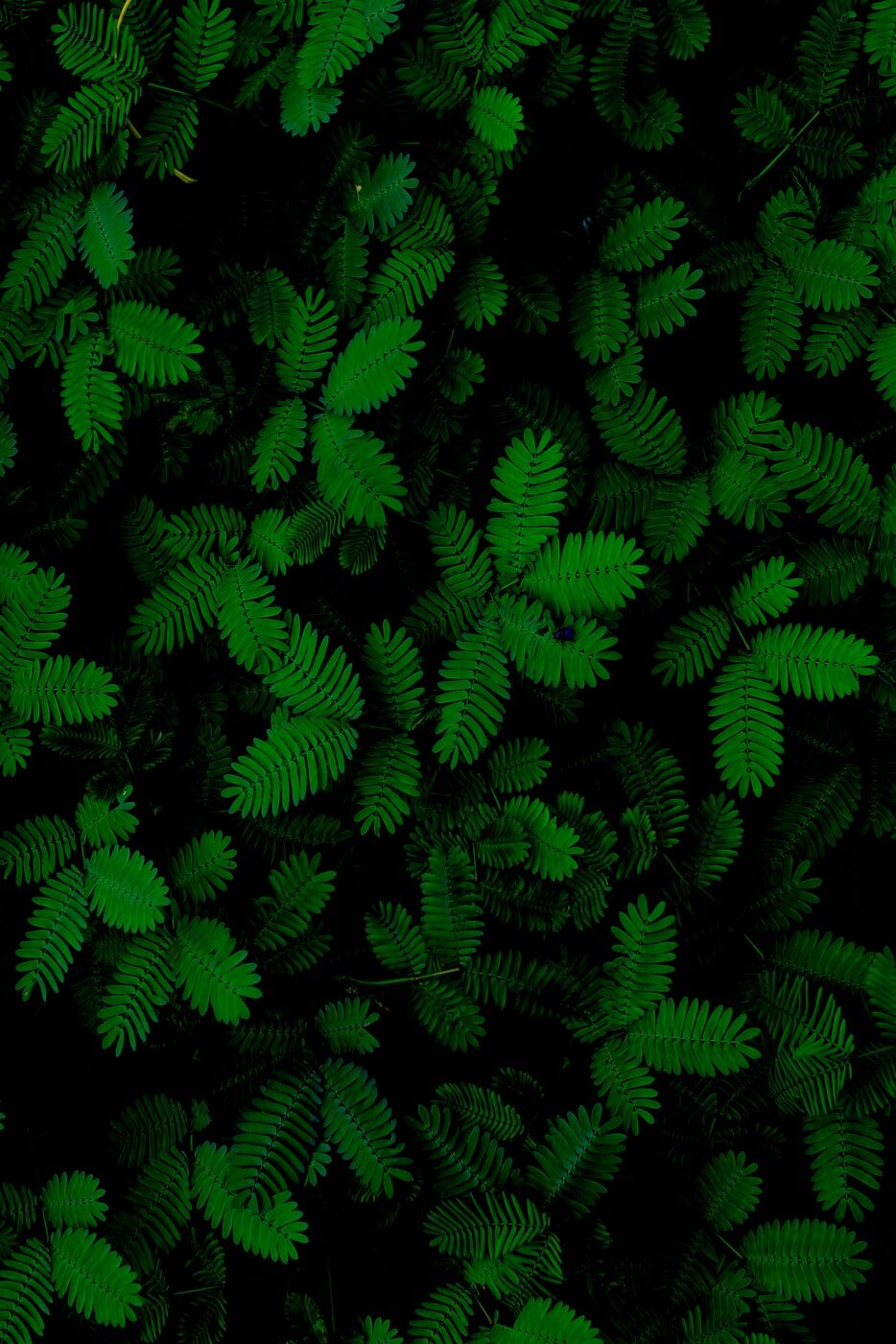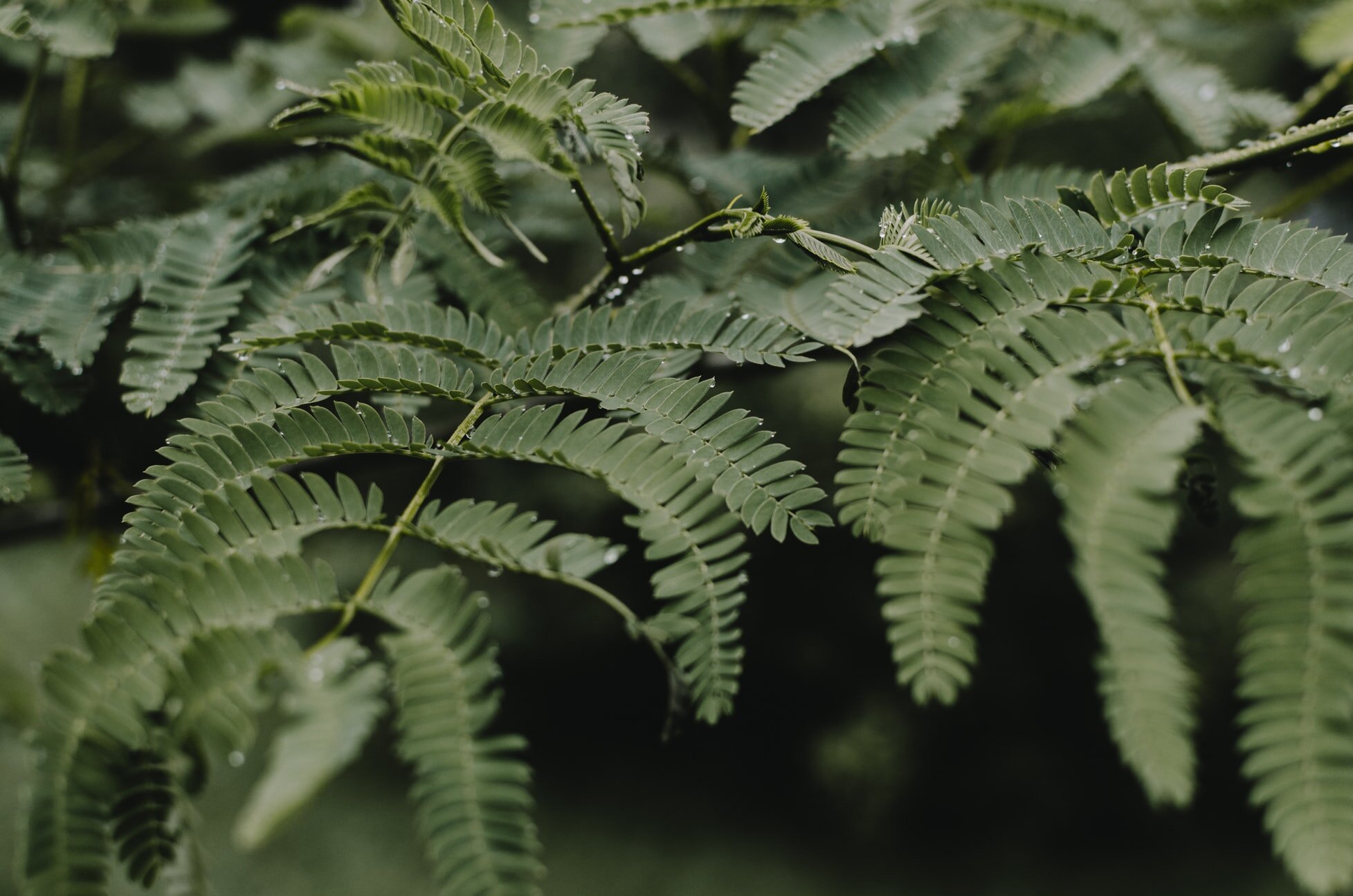Thank you for visiting PHYTOPIA. Leave us your feedback here and share your thoughts and experiences with your friends on social media.
Can You Hear Her Speak?
Jagadish Chandra Bose and the mimosa pudica
Jagadish Chandra Bose (1858 - 1937) is recognised for his contributions to wireless communication, and known as the first physicist to use semiconductor junctions to detect radio signals. His lesser known and equally fascinating work on the inner workings of plants, through experiments done on the Mimosa Pudica, changed the ways plants are studied. He was able to convey the ‘throbs and surges’ and ‘tremors of excitation’ of plants through a delicate recording instrument, the Crescograph.
This exhibit contains an essay by Emilia Terracciano about his pioneering work, which flew in the face of existing theories about plants as passive and stationary organisms. We have here photographs of the Crescograph, pages from Bose’s notebooks, and the best of them all, paintings by Gaganendranath Tagore about Bose’s research.
Inanimate Scream, Inanimate Nature Responding to the Professor’s Musings, by Gaganendranath Tagore, 1921. Watercolour on paper. From the series Reform Screams. Reproduced in Modern Review, no. xxx (1), July 1921, not paginated.
Certificate of nomination to a Fellowship of the Royal Society for Jagadish Chandra Bose (1920). Courtesy of The Royal Society.
The Charter Book Folio 96 carrying the signature of Jagadish Chandra Bose. Courtesy of The Royal Society.
First page of Jagadish Chandra Bose’s paper, “On Mechanical and Electrical Response in Plants” submitted to The Royal Society in 1903. Courtesy of The Royal Society.
'Botanical Sketch’, by Gaganendranath Tagore, 1915. Watercolour on postcard.
Courtesy of the Victoria and Albert Museum, London.
Biswarup Ganguly, a Photosynthetic Bubble and Recorder used and built in the early twentieth century by Jagadish Chandra Bose. By this apparatus the rate of photosynthetic activity of aquatic plants can be automatically recorded. Courtesy of Wikimedia Commons
Early technological innovations linked to recording and communication, such as the radio and telephone, inaugurated research into the perception and cognition of vibrational continua connecting sound to infrasound, and other inaudible frequencies. These inventions also encouraged the belief that humans could access anomalous zones of transmission between the domains of the human and non-human, the living and the non-living. The case of Bengali physicist Jagadish Chandra Bose (1858-1937), who researched the physical behaviour of particles and pioneered the use of semiconductor junctions to detect and channel radio signals, is illustrative. Credited with pioneering discoveries in microwave and wireless telecommunications, Bose’s research would contribute to the future development of satellite communication. Microwave particles fascinated him most; specifically, the mysterious power of waves to elude (colonial) perception.
Bose’s experiments in the transmission of invisible particles were complemented by his prescient research into the physiological behaviour of plants. Amongst the first to advocate the view that plants are active and exploratory organisms, capable of remembering and learning from experience, Bose believed that humans and plants sensed and felt in similar ways under stress and stimuli. To support this intuition he fabricated the High Magnification Crescograph, a delicate recording instrument engineered to convey the ‘tremors of excitation’ and ‘the throbs and surges of life’ of a plant.
He focused his experiments on tropical plants capable of movement, the mimosa plant (Fabacea leguminosa) and the telegraph plant (Codariocalyx motorius). Composed of a series of minute clockwork gears and a smoked glass plate, the Crescograph recorded plant movement and magnified it up to 10,000 times through the use of two levers. Tracings inscribed on the glass plate at regular intervals (which Bose called ‘plant autographs’) calibrated the rate of growth of the plant under various stimuli (temperature, electricity, gas and chemicals).
These magnified sets of tracings were of course silent: the picture of the plant world remained mute. But Bose himself reimagined these graphic tracings as sound, giving ‘voice’ to the visual. The plant autographs were used to advance the study of plant behaviour and promote the view that the vegetal kingdom, although seemingly mute, was not passive, mere morphological stuff to be dissected by (colonial) botanists under the lenses of microscopes. Rather, ‘nature’ could ‘speak’ once equipped with the appropriate instruments. In Britain, Bose’s experiments with reanimation, and reawakening of mute nature, evoked contemporary parallels with the fictive figure of Viktor Frankenstein, protagonist of Mary Shelley’s eponymous Gothic science fiction novel. Scorned by English scientific peers, Bose’s transmissions to and from the realms of the human and the non-human disrupted visions of purity, questioning settled distinctions between these two domains. Described as an eccentric and obsessive visionary in British scientific circles, Bose and his work were mocked and later, obscured.
According to an apocryphal story dated 1921, Bose turned to botany after encountering an unidentified ‘roadside weed in Calcutta’. The mysterious weed could well have been the tropical Mimosa pudica, known in Bengali as Lajjabati, meaning ‘coy maiden’, and in Hindi as Lajwanti or Chui Mui. In Telegu it is called Attaapathi and Thottavadi in Malayam, meaning ‘that which wilts on touch’. This perennial creeper-plant of the pea-legume family is noted for its highly touch- sensitive leaves.
With their rich illustrations of flora, Bose’s own botanical notebooks list the numerous and often affectionate names accrued by the mimosa, attesting to the historical and global infatuation with this curious plant. The mimosa, displaying apparent elements of a nervous system, had been central in 18 th and 19 th -century English literary culture and natural history circles. It variously became a bawdy metaphor for male and female genitalia (James Perry’s “Mimosa: or The Sensitive Plant” of 1779, a poem that contained explicit botanical phallic imagery and was dedicated to botanist Joseph Banks); a symbol of humanised sensitivity (William Cowper’s “The Poet, The Oyster, and Sensitive Plant” of 1782); and a means to explore sentiency in nature and human feeling (Percy Bysshe Shelley’s “The Sensitive Plant” of 1830). Although the mimosa is described in Erasmus Darwin’s The Botanic Garden (1791), it was Bose who for the first time sought to make the touch-sensitive plant ‘speak’. Driven by his desire to unify principles underlying behavioural congruities and disparities between animals and plants, Bose’s Crescograph could measure the mimosa’s very small and slow movements, movements that were hidden or invisible under normal conditions and therefore only available through machine perception.
The stuff of science fiction, such visionary findings are featured in a series of watercolours produced by artist Gaganendranath Tagore (1867-1938). These quirky botanical ‘cartoons’ and sketches evidence Bose’s own remarkable tuning into nature. His discoveries continue to inspire artists collaborating with plants worldwide as well as plant neurobiologists studying kin-recognition, complex foraging strategies, intelligence and long-distance communication. The mimosa continues to speak and Bose, through his experiments, taught us how to listen to it.
Text © 2020 Emilia Terracciano
Biswarup Ganguly, an image of Jagadish Chandra Bose’s Crescograph at the Bose Institute, Kolkata.
A page from Jagadish Chandra Bose’s experimental notes. Courtesy of the Bose Institute, Kolkata.
About Emilia Terraciano
Emilia Terracciano is a writer and a lecturer in the history of art. Her research interests lie in modern and contemporary art with a focus on the global south. Currently she is working on a monograph about art, nature and futurities in the global south.
Emilia studied Philosophy and History of Art at University College London (BA Hons) and completed her MA and PhD at The Courtauld Institute of Art. She was the recipient of the Nehru Trust Award (2008) and the AHRC Collaborative Doctoral Award scholarship at the Victoria and Albert Museum (2008-2012). At the V&A, under the supervision of Senior Curator Divia Patel, she compiled a detailed report about the items contained in the South Asia collection (ca.200), one of the largest in Europe.









